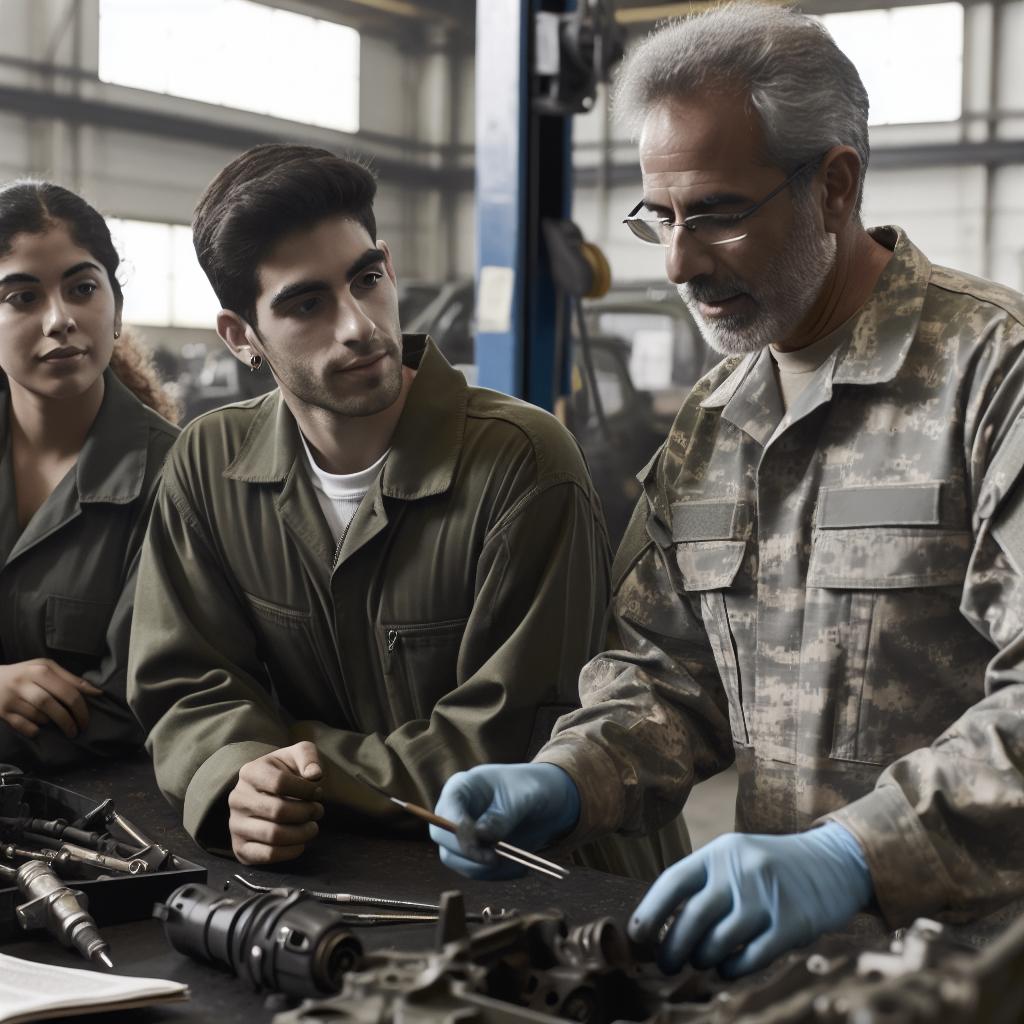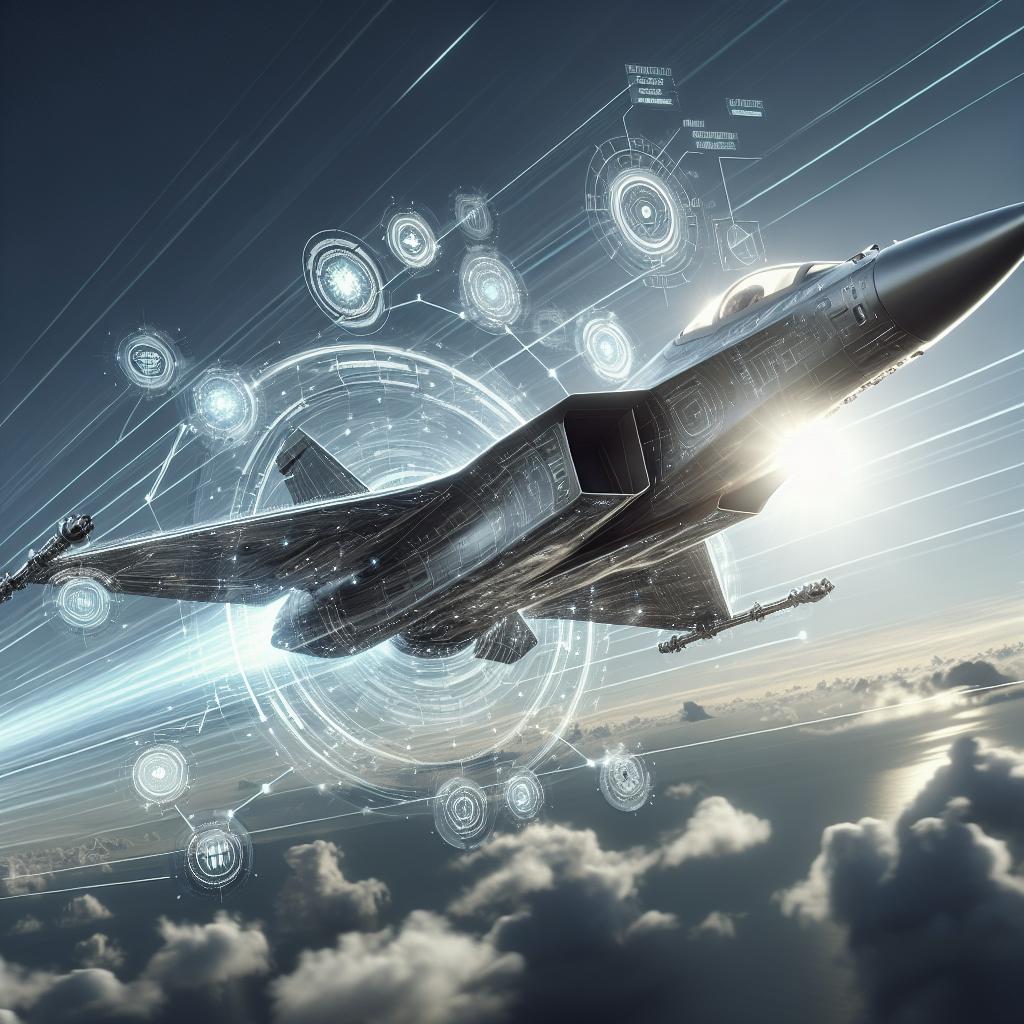“`html
Military mechanics play a crucial role in ensuring that vehicles and equipment in the armed forces are always ready for deployment. Comprehensive maintenance training is necessary to keep these essential assets in peak condition. This blog post examines the importance of such training, highlights major components of maintenance training programs, and outlines how mechanics can earn applicable credit for their skills and training. By the end of this article, readers will gain a deeper understanding of the critical skills required, the courses available, and the pathways for professional accreditation.
Overview
Maintenance training for military mechanics encompasses a broad spectrum of technical skills and knowledge required to ensure the operational readiness of military vehicles and equipment. These training programs are designed to develop proficiency in diagnosing, repairing, and maintaining a wide range of machinery, from combat vehicles to support equipment. By instilling mechanical expertise, the military can minimize downtime and maximize operational efficiency.
Typically, maintenance training includes classroom instruction, hands-on practice, and on-the-job experience. Trainees are educated on various mechanical systems, electrical diagnostics, hydraulic systems, and preventive maintenance techniques. This holistic approach ensures that military mechanics are well-equipped to handle the diverse and demanding challenges that come with maintaining military hardware in different environments and under various conditions.
Moreover, maintenance training programs are continually updated to incorporate advancements in technology and machinery. As militaries around the world adopt more sophisticated equipment, mechanics must stay current with the latest maintenance practices and innovations. This continuous cycle of training ensures that military mechanics remain at the forefront of technical expertise and are prepared to tackle any mechanical issue that may arise.
Major Components of Maintenance Training
The primary components of maintenance training for military mechanics can be divided into three main categories: theoretical knowledge, practical skills, and advanced diagnostics. Each category is crucial in developing a well-rounded mechanic capable of addressing the full spectrum of maintenance challenges.
Theoretical knowledge forms the foundation of maintenance training. Mechanics are taught the principles of mechanics, including the physics and chemistry of materials, engineering concepts, and the workings of different mechanical systems. This solid theoretical base allows mechanics to understand the fundamental principles behind the machinery they will work on, enabling more effective problem-solving and repair.
Practical skills training provides hands-on experience with the tools and equipment that mechanics will use in the field. Trainees learn to disassemble and reassemble engines, repair electrical and hydraulic systems, perform routine maintenance tasks, and troubleshoot common mechanical problems. This practical experience is often gained through simulated environments that mimic real-world conditions, giving mechanics the chance to practice their skills in a controlled, but challenging, setting.
Advanced diagnostics is the third key component of maintenance training. With the increasing complexity of military vehicles and equipment, mechanics need to be proficient in using diagnostic tools and software. Training programs emphasize the importance of electronic diagnostic systems, computerized maintenance management systems (CMMS), and other advanced diagnostic methods. By mastering these tools, mechanics can quickly and accurately identify and address issues, reducing downtime and improving operational efficiency.
Applicable Credit
One significant benefit of maintenance training for military mechanics is the ability to earn applicable credit that can be used towards civilian certifications and career advancement. Many military training programs are accredited and recognized by civilian certification bodies, giving mechanics a head start in the civilian workforce once their military service is complete.
For instance, the skills and knowledge gained during military maintenance training can be credited towards certifications from organizations such as the National Institute for Automotive Service Excellence (ASE) or the Federal Aviation Administration (FAA). These certifications are highly valued in the civilian job market and can significantly enhance a mechanic’s employability and career prospects.
Furthermore, military mechanics can often earn college credits for their training and experience. Many institutions recognize the rigorous nature of military training and offer credit transfers for courses completed during service. This can streamline the process of obtaining further education, allowing mechanics to pursue degrees in engineering, automotive technology, or other related fields without starting from scratch.
Overall, the applicability of credit from military maintenance training programs provides mechanics with valuable professional recognition and opens doors to various career opportunities in both the military and civilian sectors.
Next Steps
| Aspect | Description |
|---|---|
| Overview | Overview of maintenance training programs and the necessity of such training for military mechanics. |
| Major Components | Details the three main components of maintenance training: theoretical knowledge, practical skills, and advanced diagnostics. |
| Applicable Credit | Explains how mechanics can earn credits for civilian certifications and educational advancement through their military training. |
“`


